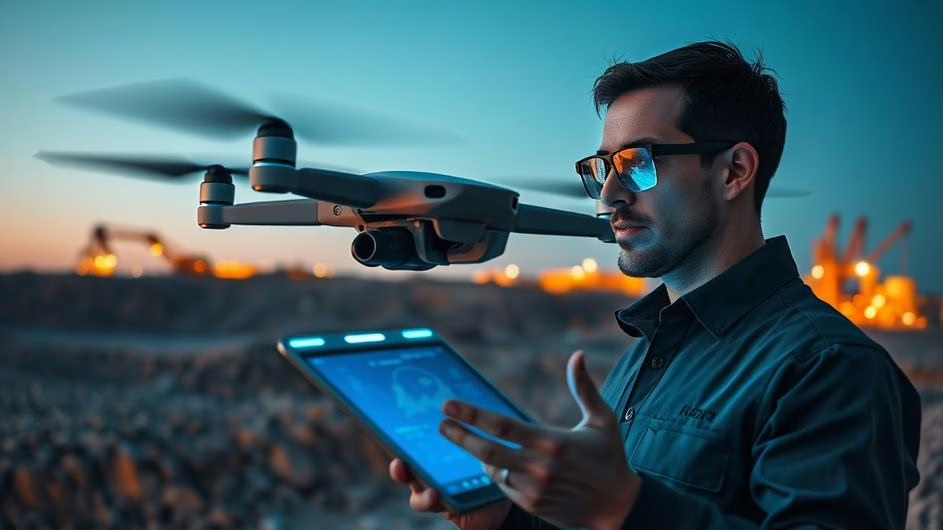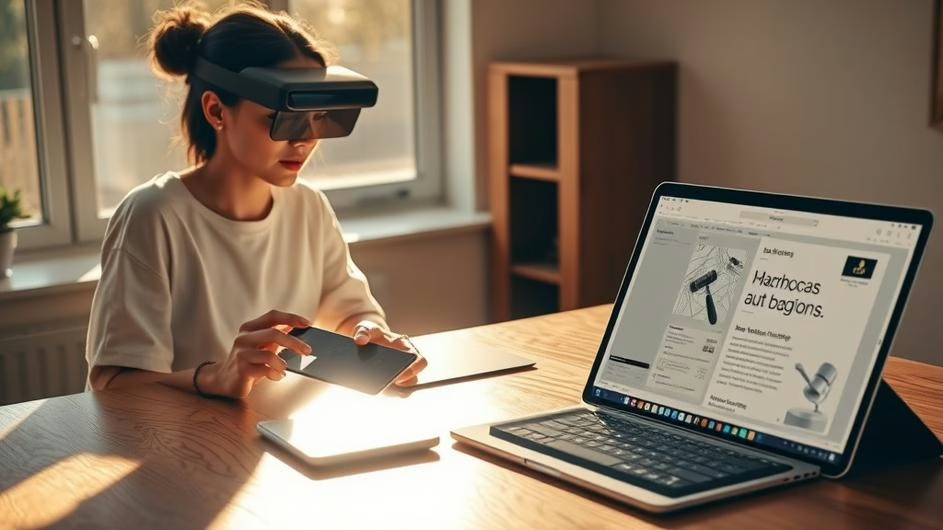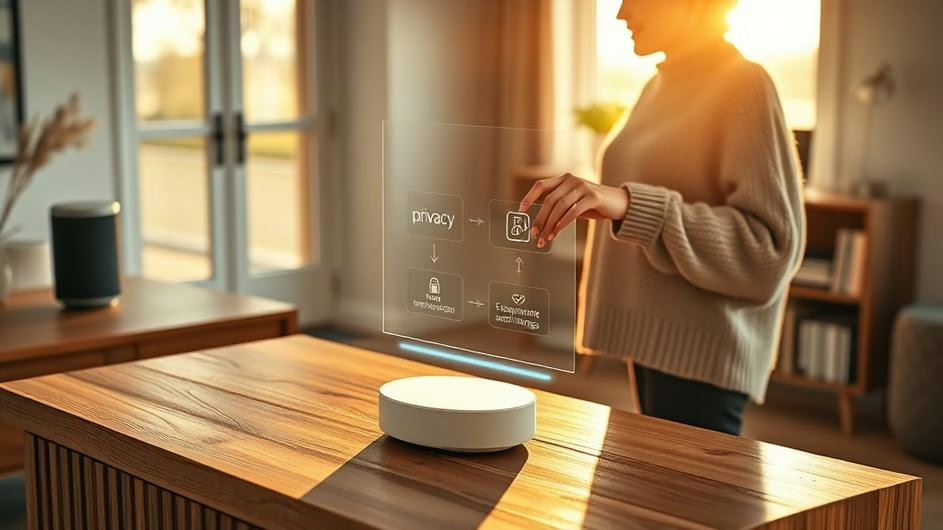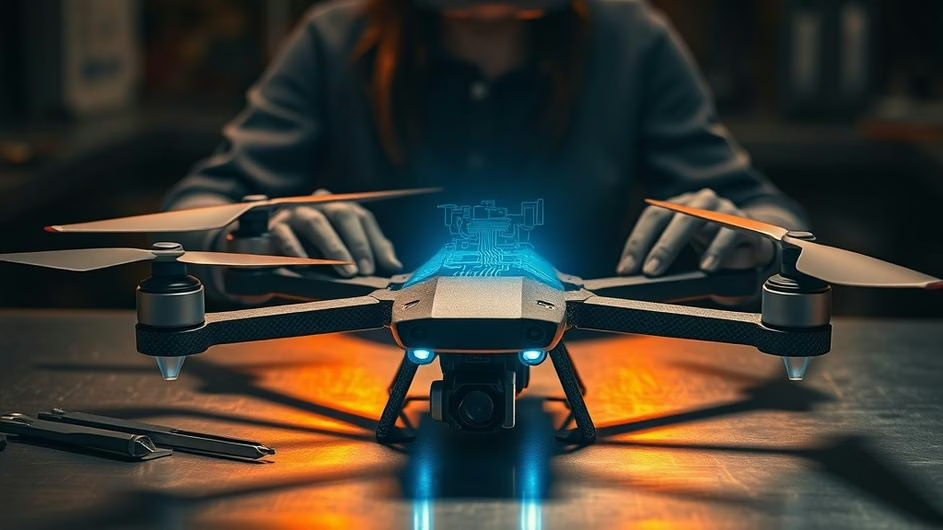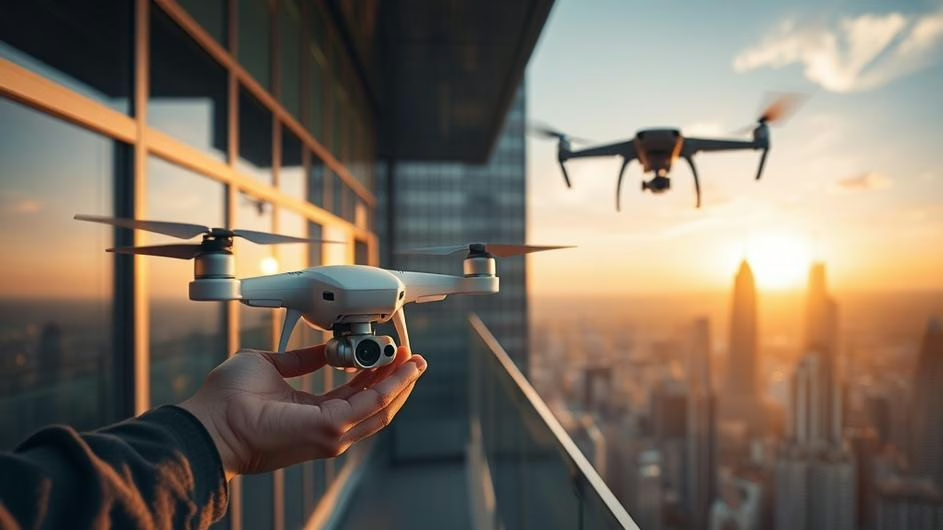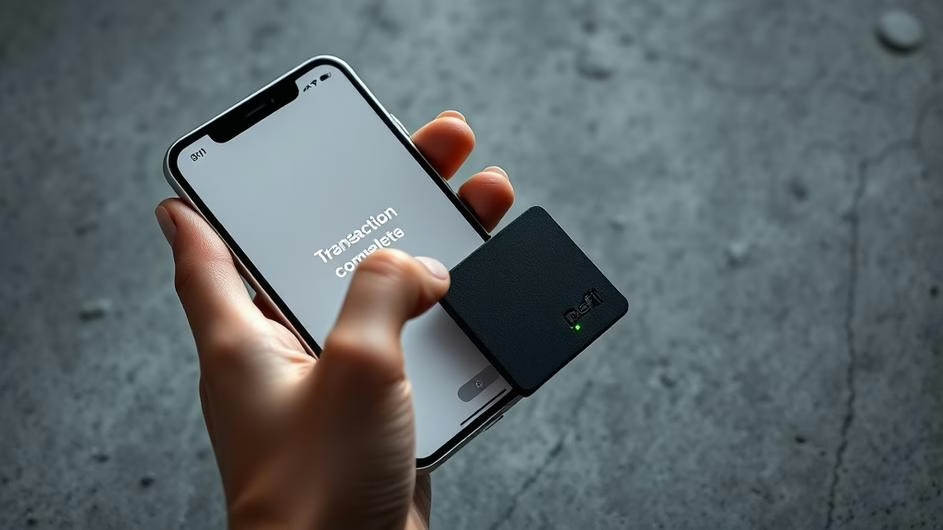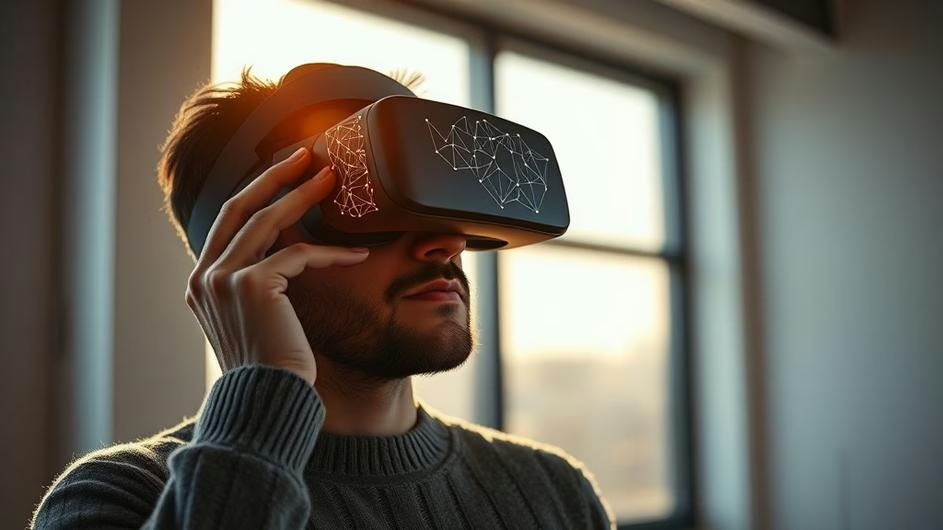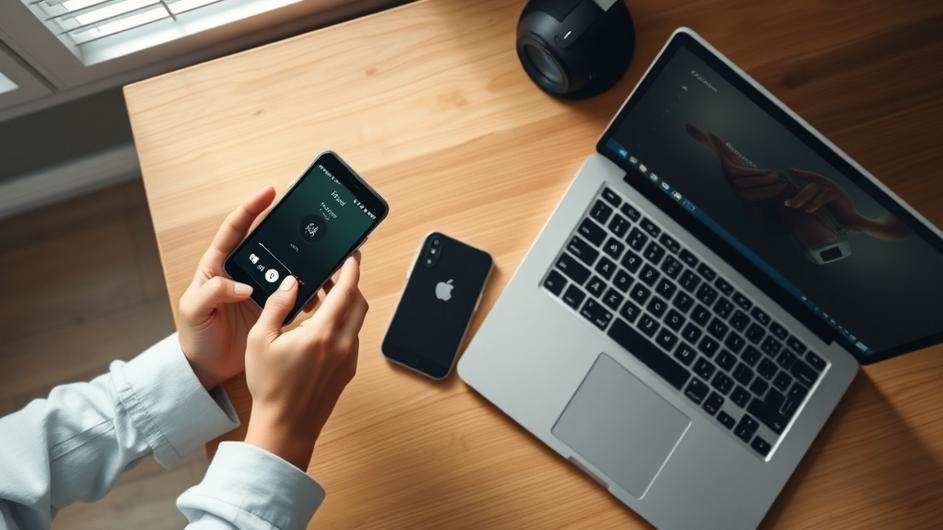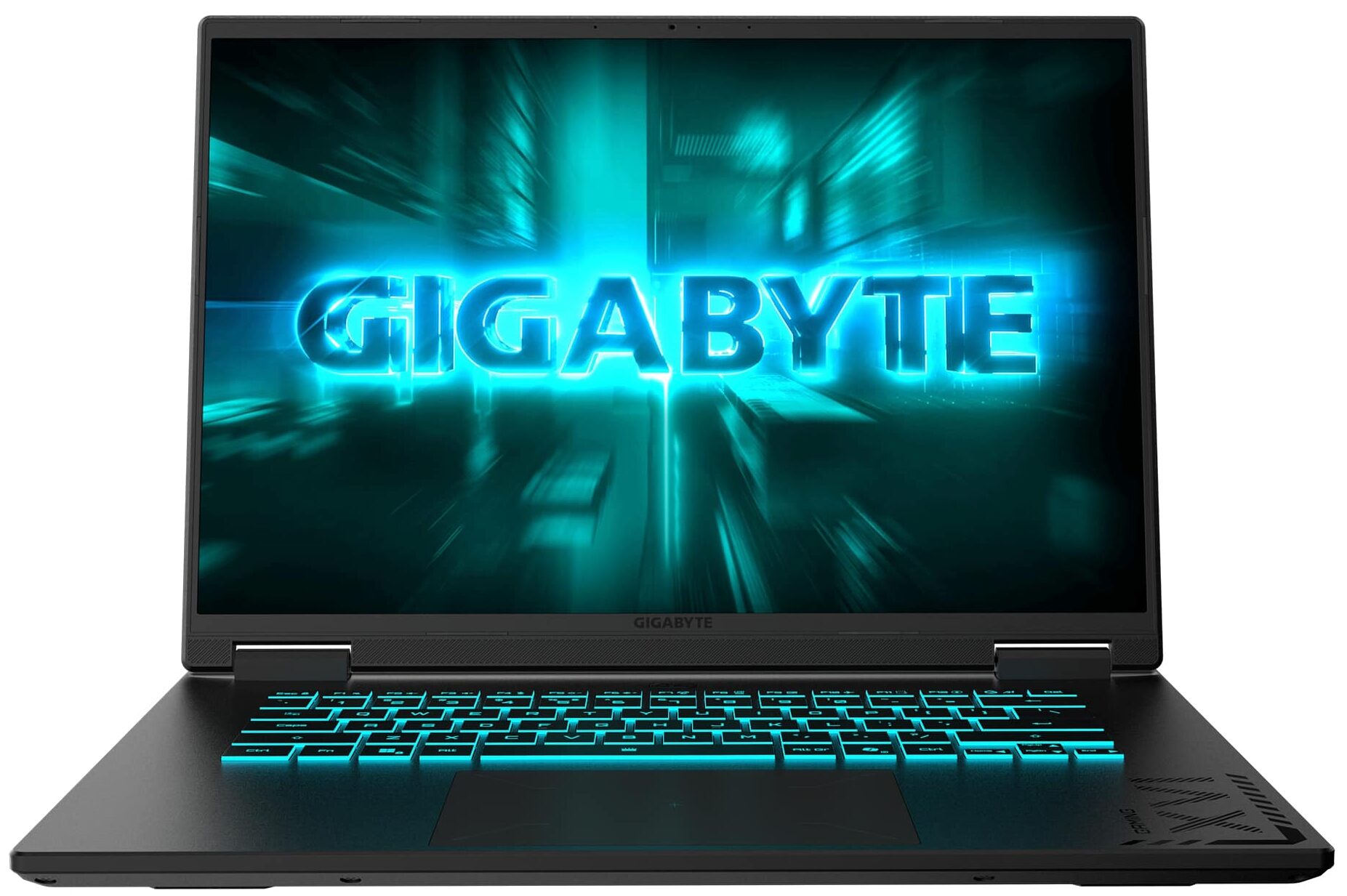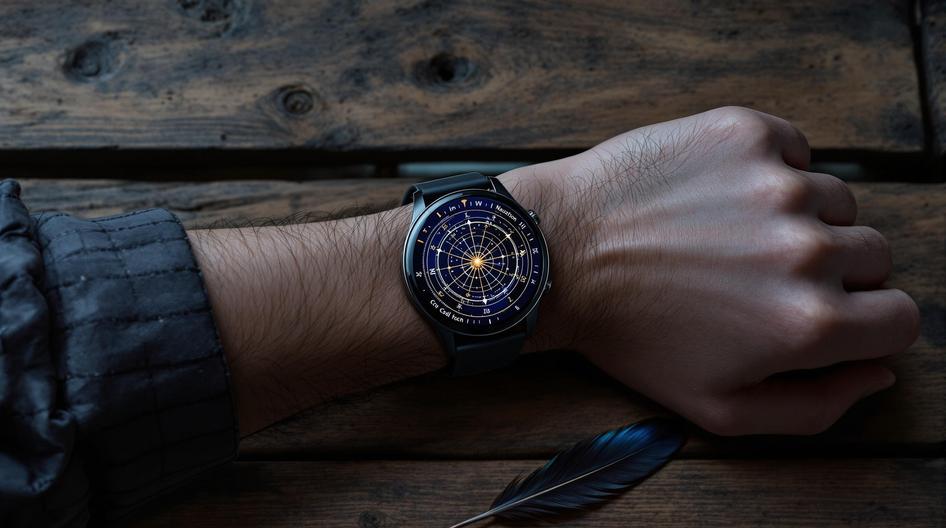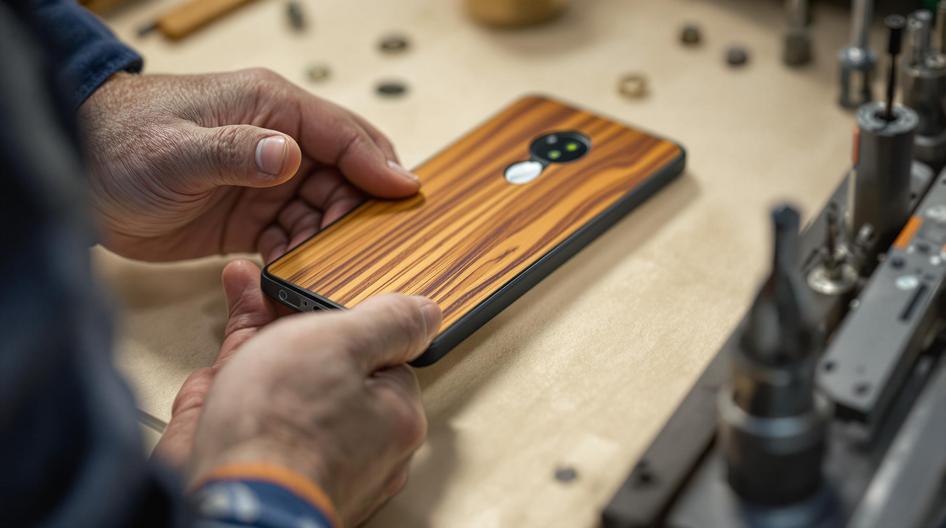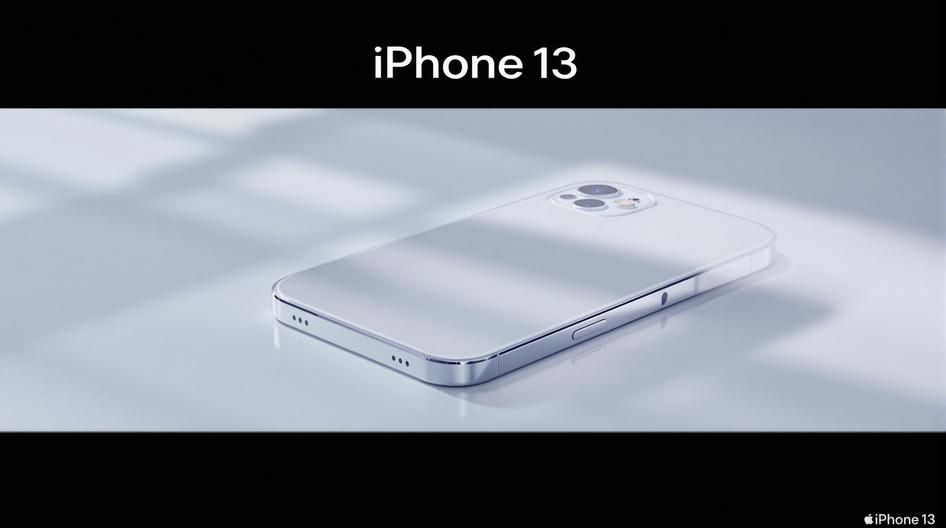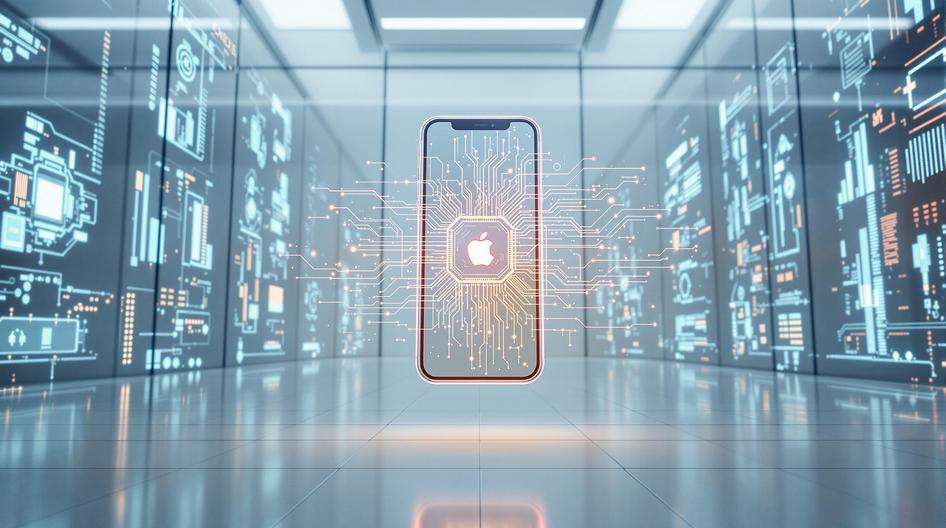
Galaxy XR, Android 16, and the Future of AI-Driven Mobile Innovation
Samsung and Google just dropped something that has the tech world buzzing. Their new Galaxy XR headset isn’t just another gadget launch. At $1,799, this device represents a genuine attempt to reshape how we interact with digital content by merging virtual and physical realities through artificial intelligence.
The Galaxy XR introduces Android XR, Google’s brand-new operating system built specifically for extended reality experiences. Unlike previous XR attempts, this platform integrates Google’s Gemini AI directly into the hardware foundation. The result? AI isn’t just an add-on feature but becomes the core intelligence driving every interaction.
What Makes Galaxy XR Different
While Meta’s Quest and Apple’s Vision Pro dominate current XR discussions, the Galaxy XR takes a different approach. It leverages Android’s massive app ecosystem alongside Google’s AI capabilities. Think about your favorite Google apps like Maps, Photos, and YouTube, but reimagined for immersive 3D experiences.
The Samsung Galaxy XR headset also includes XR-specific apps like Calm for meditation and Adobe for creative work. The standout feature is Gemini Live, which uses built-in sensors and cameras to interact seamlessly with your real-world environment. This isn’t just virtual reality, it’s intelligent reality.
Android 16 Accelerates the AI Revolution
The Galaxy XR launch coincides with another major Android development. Xiaomi, one of Samsung’s biggest competitors, has started rolling out Android 16 through its Hyper OS 3 on the flagship Xiaomi 15T devices.
Android 16 brings deeper AI integration across the entire system. We’re talking faster app launches, smoother interfaces, predictive personalization, enhanced privacy controls, and stronger device security. These improvements matter especially for users interested in blockchain platforms and crypto applications.
The update will roll out across Xiaomi’s entire product lineup, from budget models to premium devices. This democratizes access to advanced AI features, ensuring they reach beyond early adopters to mainstream users worldwide.
The Dual-SIM Advantage in Today’s Connected World
Speaking of connectivity options, dual-SIM technology has become increasingly important in our hyperconnected world. Samsung’s Galaxy S25 Ultra currently leads the pack for dual-SIM Android phones, while the Galaxy Z Fold 7 continues pushing foldable device boundaries.
Google’s Pixel 10 Pro XL excels in mobile photography, and the Pixel 9a delivers flagship features under $500. Gaming enthusiasts gravitate toward the ASUS ROG Phone 9 Pro. Dual-SIM capability allows users to manage work and personal connections efficiently, or even run separate secure identities for crypto wallets and Web3 applications.

XR Meets Crypto: The Next Digital Frontier
The convergence of XR technology, AI, and mobile hardware creates fascinating possibilities for crypto and Web3 users. Imagine using XR platforms as your primary interface for managing decentralized applications, visualizing complex blockchain transactions, or interacting with NFT collections in three-dimensional spaces.
AI-powered hardware with native support for advanced authentication and privacy controls could dramatically reduce friction in decentralized finance. Enhanced security features might strengthen wallet protection and make regulatory compliance less intrusive for everyday users.
As augmented reality adoption accelerates, we’re likely seeing the early stages of how immersive technology will reshape digital asset management.
Redefining Mobile Computing
Looking ahead, the boundaries between phones, computers, and wearable XR devices will continue blurring. AI will mediate almost every interaction, creating more intuitive and responsive user experiences. This evolution has significant implications for crypto investors and developers, as hardware begins handling sensitive smart contract operations, real-time NFT visualization, and dynamic DeFi portfolio management directly within private XR workspaces.
The VR and XR innovations we’re seeing today represent just the beginning. As more manufacturers enter the space and competition intensifies, we can expect rapid improvements in performance, affordability, and functionality.
What This Means for Tech Enthusiasts
For gadget lovers and tech investors, these developments signal a fundamental shift in how we’ll interact with digital content and manage digital assets. The integration of AI at the hardware level, combined with immersive XR experiences, creates new opportunities for innovation and investment.
Whether you’re a crypto trader looking for better portfolio visualization tools, a developer interested in building XR applications, or simply someone who loves cutting-edge gadgets, the convergence of these technologies promises exciting possibilities ahead.
The Galaxy XR launch, Android 16 rollout, and advancing dual-SIM capabilities represent more than individual product updates. They’re building blocks for the next generation of connected, intelligent, and immersive computing experiences that will define how we work, play, and manage our digital lives in the years to come.
Sources:
- “Samsung, Google unveil $1,799 device that aims to replace everything,” TheStreet, Oct 28, 2025
- “Samsung launches first headset with Android XR,” Telecoms, Oct 22, 2025
- “Samsung Galaxy XR is the first Android XR headset, now on sale for $1,800,” Ars Technica, Oct 22, 2025
- “One of Samsung’s biggest rivals just kicked off its stable Android 16 rollout,” Android Authority, Oct 27, 2025
- “We tested the best dual-SIM Android phones, and these are the ones you should buy in 2025,” Android Authority, Oct 25, 2025

